In: photography
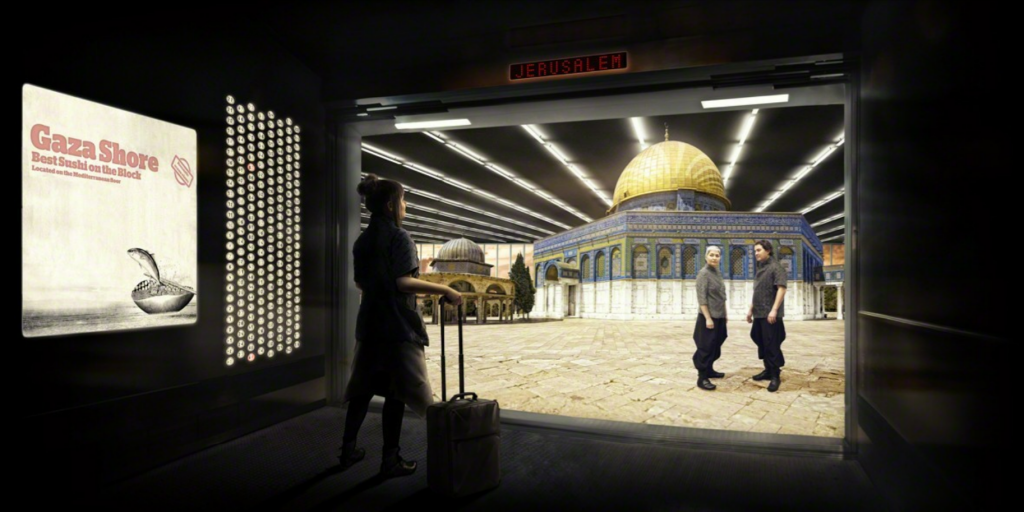
Jerusalem floor, 2012 | Larissa Sansour
March 22, 2022Jerusalem floor, 2012 | Larissa Sansour
Jerusalem floor, 2012 | Larissa Sansour, C-print (23 3/5 × 47 1/5 in / 60 × 120 cm)
On the flight from London I sit opposite a rumble seat where the stewardess places herself during takeoff. The stewardess is an Asian woman with a faraway look. I ask how often she makes this flight. Once or twice a month. Does she enjoy Israel? Not much. She stays in a hotel in Tel Aviv. She goes to the beach. She flies back. What about Jerusalem? She has not been there. What is in Jerusalem?
The illustrated guidebook shows a medieval map of the world. The map is round. The sun has a beard of fire. All the rivers of the world spew from the mouth of the moon. At the center of the world is Jerusalem. (Robert Rodriguez, The God of the Desert, Harper’s Magazine)
One can’t help but be thinking of the displaced, of refugees fleeing strife, with the situation in Eastern Europe right now; and let’s be frank – not all refugees are ‘equal’ with race and geopolitics rearing their ugly heads, as we see in both the history and present of Canada, and the wider world. I’m not often a fan of Ai Weiwei, but his work about Alan Kurdi touched a nerve that many of us may not have known – or my still deny – was exposed.
In light of that unpleasant reality, the works of Larissa Sansour, a Palestinian born artist were on my mind this week, especially her series Nation Estate. Jerusalem is not a neutral place, or an unloaded term. It may be the best example in ‘Western’ nation states – though in the Middle East – of a place that is intensely contested, an apex of Salman Rushdie’s notion of an ‘imaginary homeland.’
Even that tepid taupe of Wikipedia offers this: Given the city’s central position in both Israeli nationalism and Palestinian nationalism, the selectivity required to summarize more than 6,000 years of inhabited history is often influenced by ideological bias or background (please see Historiography and nationalism).
“In her Nation Estate (2012) series, Sansour conceptualizes an immense high-rise as a new home for her people. In each digitally manipulated photograph in this series, she places herself on a different floor of the edifice. We see her travel from the main lobby, to the Dead Sea, to Gaza, all in the space of a single building.”
“….Nation Estate takes place…in a mammoth high-rise that houses the entirety of the Palestinian people in one easy-to-navigate complex. Blurring the lines between utopian and dystopian realities, she paints a seemingly peaceful, albeit unfathomably sterile future where walls cease to function as barriers to human interaction.
“In a way there’s something positive about ‘Nation Estate.’ There are no check points and people can visit one city from another just by the use of the elevators. It’s an easy life that questions progress in general. Certain things are becoming easier, yet this skyscraper environment is completely inorganic,” Sansour stated. “It’s actually really a mockery when you think about it — living in a skyscraper. So it’s completely dystopian in the end.” (from here)
Who is a ‘real’ refugee? Who has a ‘right’ to live in a space, and to claim that they ‘own’ the land? Sansour’s works have often addressed this; we live in a world where to be Palestinian is often dismissed as illegitimate, if even ‘legal’, whatever that might even mean. Perhaps, as alluded to in Sansour’s work, the idea of ownership and wealth not only preclude but define / deform what it means to be a citizen, or even to be human.
In looking at this work, I also cannot help but consider the lament of Psalm 137: For how are we to sing the Lord’s song in a strange land?
You can see more of her work at her site, and her Instagram is @larissasansour.
~ Bart Gazzola
Read More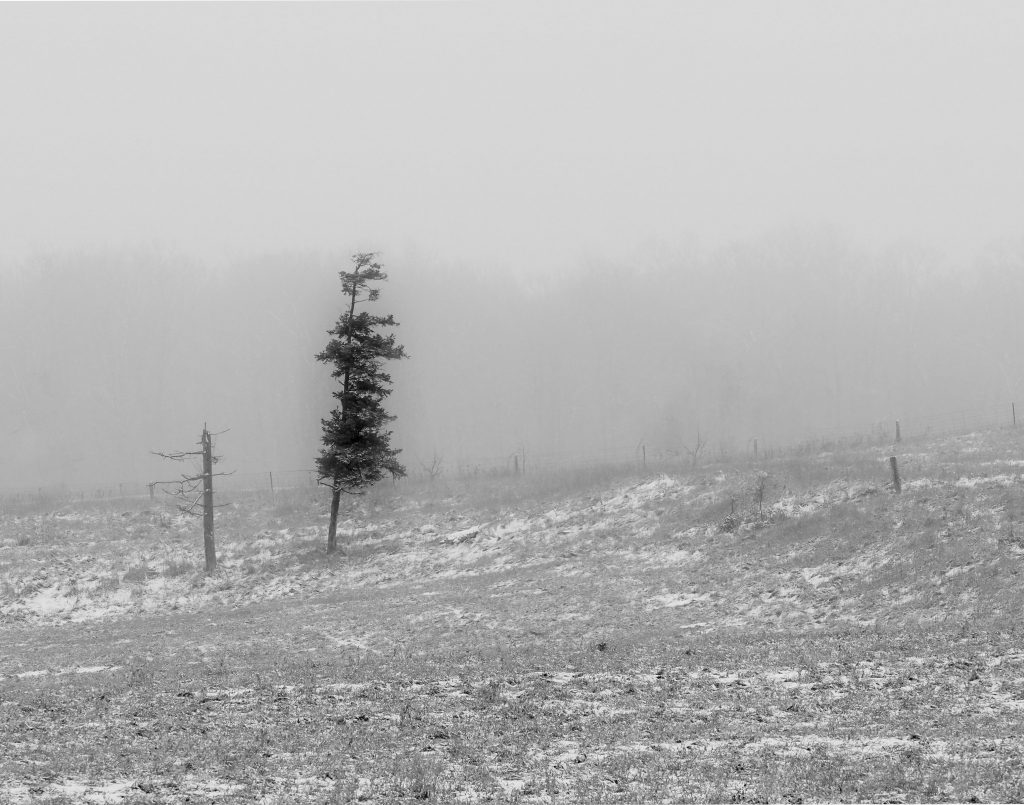
Essay – Ron Hewson – Community Galleries
March 1, 2022Community Galleries
I’ve been putting a lot time and effort lately into a community gallery that I belong to. While doing this I’ve put some thought into why I feel it’s worth the effort. Here are some of my reasons to to belong to and participating in this endeavour.
I believe it’s important for local artists to have a place to hang their work. Putting my work on a wall in a public space means I feel that I have created something that is worthy of public display. This matters because the emotional investment in producing art needs that outlet. Showing in a gallery is the reward for the time and money put into our work. I know I would continue to work regardless of belonging to a gallery but knowing that I can share what I have made is incentive to keep working.
Belonging to the gallery means I have to finish things. Every couple months I need new framed finished work to display. As a photographer I can capture a vast number of images. However that really doesn’t mean anything if I don’t finish any of them. Sure I can do some quick editing and post them on Instagram or do some more careful work and post on a stock photo site but that’s not the same as taking the extra steps to print and frame something. The incentive to finish work is a big benefit of belonging to the gallery.
Preparing work for the community gallery on a regular basis is far less stressful that preparing for a major gallery show. I’ve done shows at “big” galleries. The thrill and sense of accomplishment that comes from that kind of show can’t be beat. But the investment in time and money can be overwhelming. Its not something that everyone is prepared to do or is willing to do and for most people its out of reach. The community gallery fills that need perfectly. It gives the opportunity to exhibit that is manageable for artists who want to exhibit without the stress of a solo show.
There are many other reason the gallery is worth my time such as the diversity of the art on display and the camaraderie of follow artists but what makes to gallery valuable to me is the incentive to keep working. I believe that everyone needs some form of incentive and that for me is to have my photography physically present in the world. While posting something online might get seen by lots of people we don’t paint or sculpt or create our art to be seen on a phone.
Visit uptowngallerywaterloo.com
~ Ron Hewson
Read More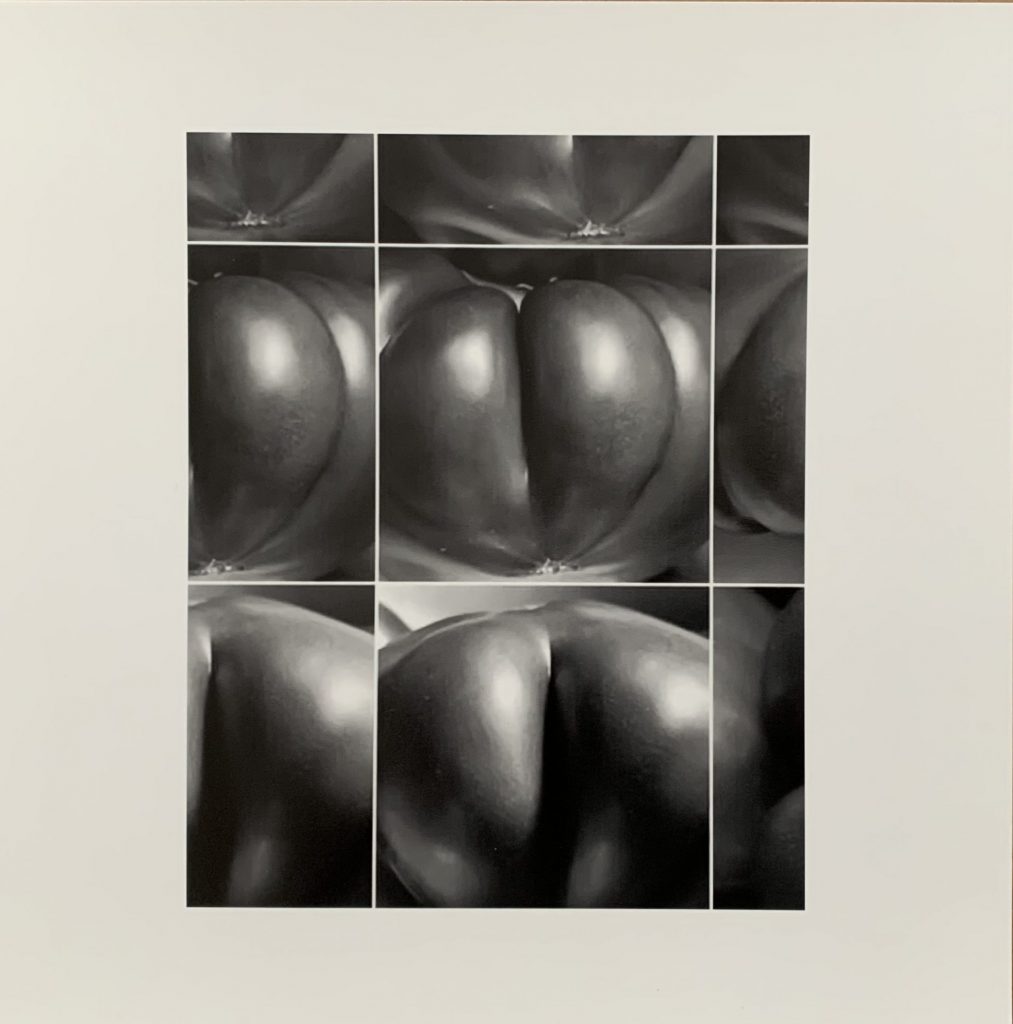
I Say Tomato… Femme Folks Fest 2022 Repost
March 10, 2022“They took it down and it said, you violated our community standards on nudity and sex… I objected and I clicked the “This is not what it seems” option or “not what you think it is” or whatever it was. They reinstated (the post) and they sent me a notice of reinstatement with a little thumbnail of the damn tomato… which I took a screenshot of and posted to say I’ve been reinstated… and they banned me again.”
Ruth Dick is a prolific photographer from Ottawa. She was one of our very first featured artists here at curated. where I wrote:
“Ruth Dick is a master at capturing the solitary. Almost every image she takes focuses intently on a single object, somehow stimulating a desire to engage in self-reflection… Like O’Keefe, Ruth is able to conjure up form and substance in abstract ways that deftly imbue her images with fresh import. A pepper is not a pepper.”
Things are still not quite what they seem. Her racy photographs have recently caused quite a bit of controversy, and have even been meta-banned. I spoke to Ruth about the implications of this in a recent conversation. You can listen to the podcast by clicking here.
More images by Ruth can be enjoyed on her Instagram account @photos_uncurated. ~ Mark Walton
Read More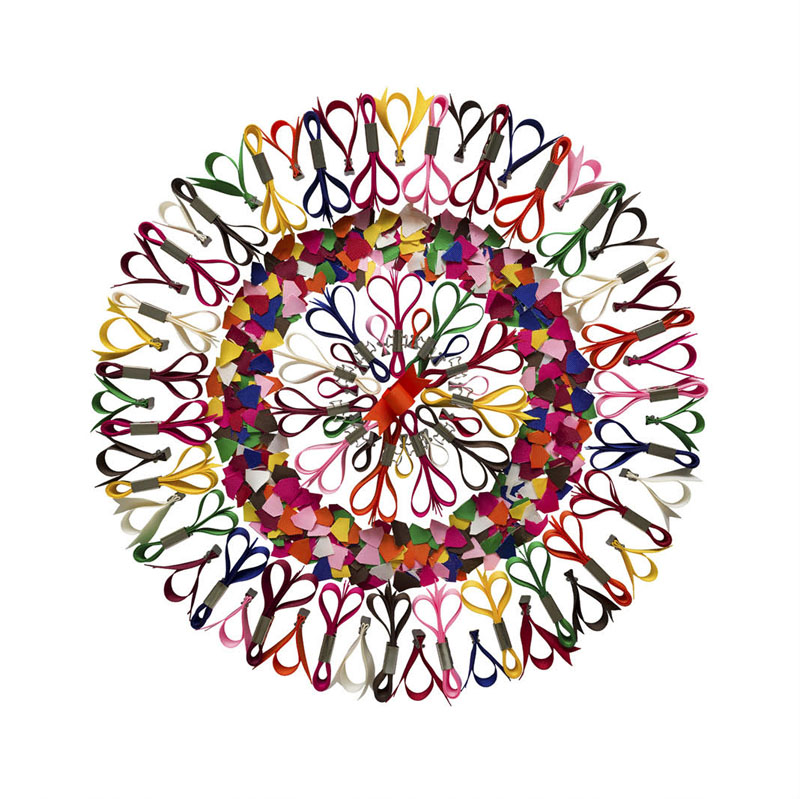
Leslie Hossack | Ribbon of Tears No. 8
December 13, 2021Leslie Hossack | No. 8
Leslie Hossack is an Ottawa photographer who created this image as part of a series of 11 pieces reflecting on the devastation of residential schools.
Hossack describes these works as follows:
“These photographs are my response to the ongoing tragedy of Canadian residential schools. The compositions were inspired by memories of my own childhood – ribbons, crayons, kaleidoscopes, pinwheels. I felt cared-for and carefree. That is what I wish for every child.
I hope these images will provide a starting point for conversations about the history and legacy of residential schools – conversations building towards truth and reconciliation. Ribbon of Tears is dedicated to all those robbed of their childhood by residential schools.”
Artist’s Note: These photographs are not for sale commercially. However, prints can be ordered directly through Toronto Image Works at a cost of 30% off the list price.
More images by this artist can be enjoyed at her Instagram account here and at her website ~ Peppa Martin
Read More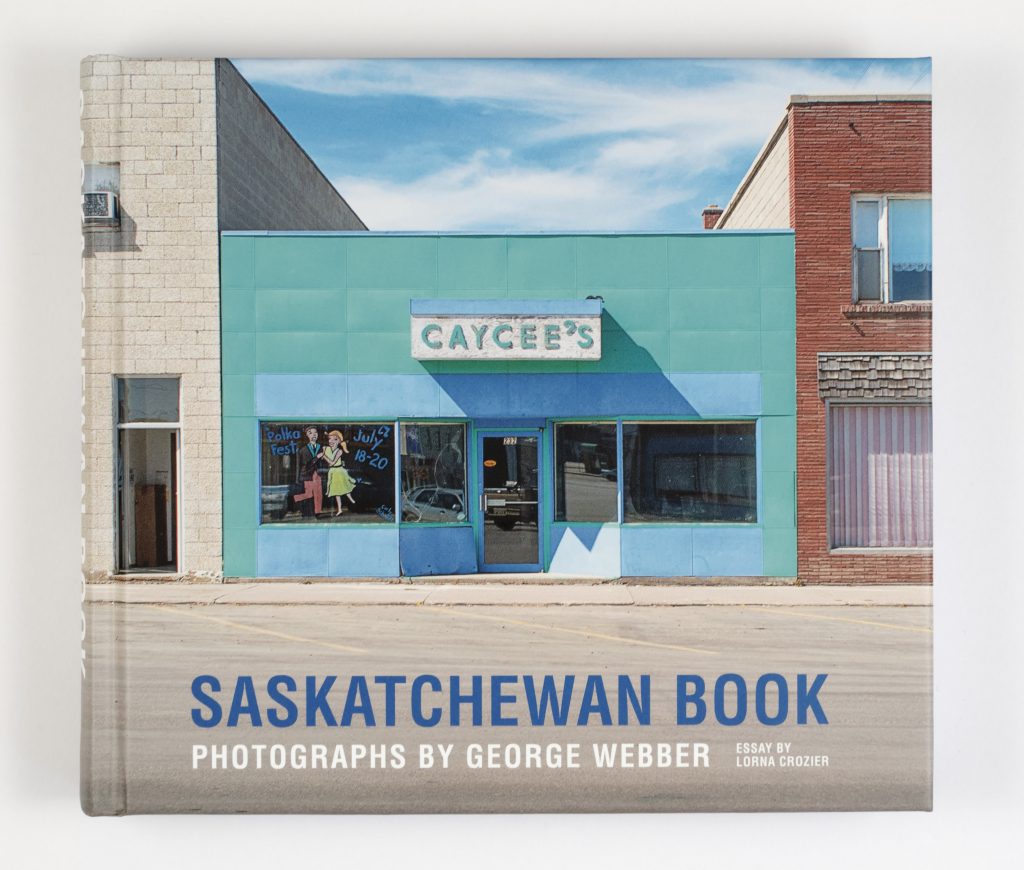
Saskatchewan Book: Photographs by George Webber
December 3, 2021Saskatchewan Book: Photographs by George Webber
Text by Lorna Crozier, Hardcover, 2020, 320 pages, $45.
Intentionally or not, the photographs George Webber made of rural Saskatchewan over the course of 30 years form a landscape typology. Beautifully portrayed in colour, his eye returns again and again to familiar prairie themes that invite comparison: faded signs, buildings in need of TLC (or more), and details of abandoned items left to decay. Although the particulars may change from scene to scene, there is an unavoidable thread that runs through the book: the wide-open skies of the prairies might go on forever, but traces of human settlement fade. You would not guess from Saskatchewan Book that the province has cities or that its population is growing. Instead, with every frame, Webber evokes memories of a way of life in a countryside eclipsed by urban living. It is an affectionate lament for the past.
Saskatchewan Book: Photographs by George Weber can be purchased here, at rmbooks.com.
Image + book review by Alan Bulley / @alanbulley
~ Rita Godlevskis
Read More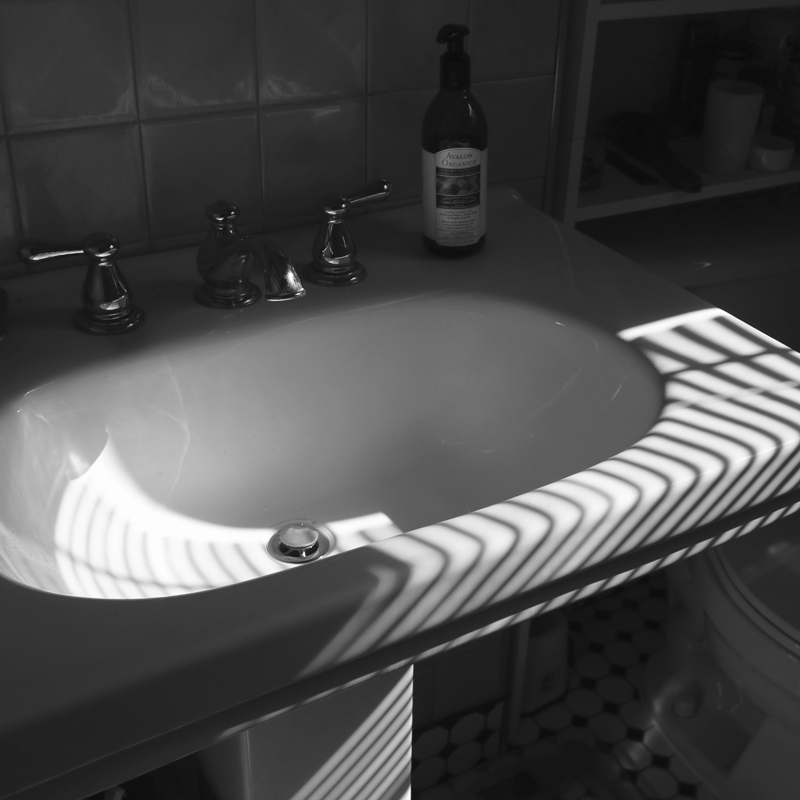
Why Black and White Still Matters – An Essay
December 6, 2021High culture has pretty much disappeared along with the dress code.
Read More
Diana Nicholette Jeon
November 11, 2021Diana Nicholette Jeon is a Hawai’i based photographer whose works have been widely published and exhibited, including (coincidentally) by The COVERT Collective’s Peppa Martin. Diana’s photos have won awards at the Julia Margaret Cameron Awards, the Moscow Foto Awards and the Pollux Awards to name a few.
“Untitled (from the series, 860 Days)” is a photo that immediately conveys a sense of solitude. The extreme blurring of part of the image takes it a step further to impart an unwanted sense of loneliness, and of not knowing how to escape it… like a bad dream. In fact, the series itself (here) is “about my experience of loss, isolation, anguish and loneliness during a marital separation.”
Jeon’s other projects are equally as personal and introspective, and often combine selfies with other photographic elements to create unique pastiches that engage the viewer to try to connect with the psyche of Jeon herself… what is she feeling here? … why did she choose this? While all art seeks to create this bond with its audience, Jeon’s work is extraordinarily successful at it.
You can see more of Diana’s work at her website, including the series Self-Exposure, Socially Speaking, Nights as Inexorable as the Sea and I, Orfeo.
https://diananicholettejeon.com/
~ Mark Walton
Read More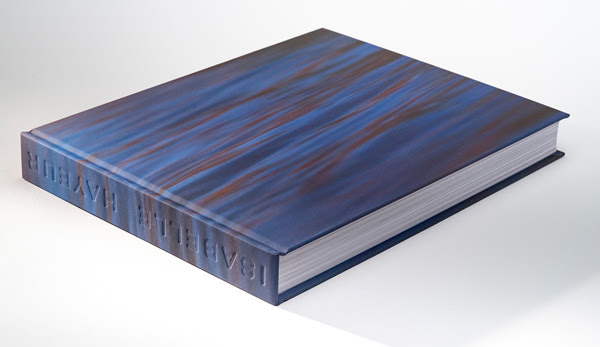
ISABELLE HAYEUR: Monograph
November 2, 2021ISABELLE HAYEUR: Monograph
By Mona Hakim, Peggy Gale, & Ann Thomas
Hardcover, 2020, 360 pages, available from Les éditions Plein sud
Texts in French and English $70 + Shipping
Committed to environmental causes since the 1990s, Isabelle Hayeur takes an acute critical look at the changes in our ecosystems caused by the devastating impacts of massive urbanization and industrialization on our territories.
This monograph, the most exhaustive publication to date on this artist’s work, leads us to the heart of her creative activity. Bringing together numerous visual documents, from her composite photo-graphs to portraits of citizen gatherings and activist groups by way of videos, installations in public spaces, and reflective texts, this richly illustrated book explores the vast production of an artist who has gained recognition in the contemporary art world, in Quebec and internationally. The texts present the reader with enlightened insights into the artist’s various accomplishments.
Read more about this monograph and order it here.
This recommendation appeared in the Fall 2021 – ECO ISSUE of PhotoED Magazine. If you’re looking for more Canadian photography inspiration check out PhotoED Magazine, in print + online https://www.photoed.ca
~ Rita Godlevskis
Read More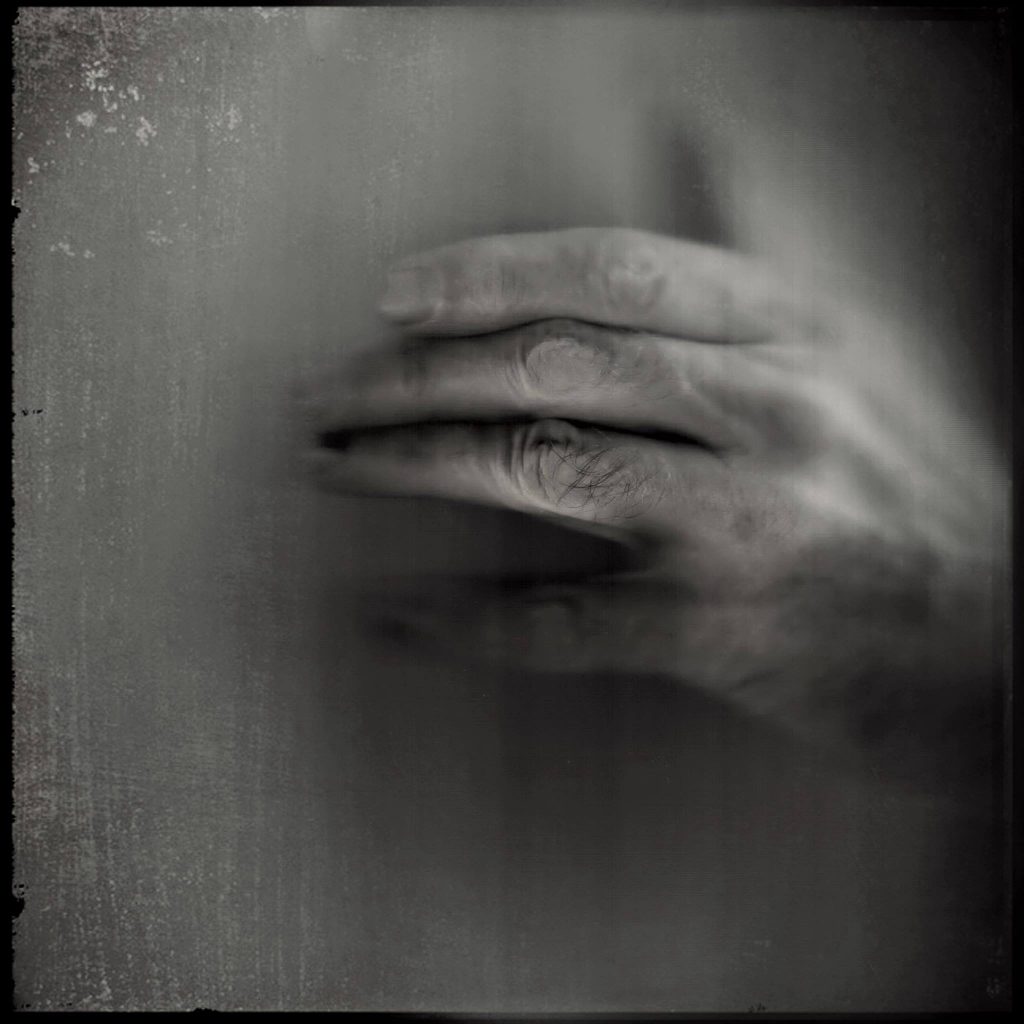
Mišo Smišek – Narrative Art
October 7, 2021Mišo Smišek of Belgrade, Serbia, is a consummate artist. He paints and draws. He is an incredible photographer and has illustrated numerous books. He is a regularly published and acclaimed writer of short stories. He sculpts. He creates pottery and does frottage. The breadth and scope of his work is quite simply impressive. Best of all, every piece he creates has the ability to elicit deep emotion from the viewer or reader of his work. Often dark but rarely disheartening or depressing, his work typically incorporates two or more mediums as above. Mišo has uncanny an ability to create a short story in every piece of his work.
At 64 years old, Miso studied Slovak language and literature at the Faculty of Philology of the University of Belgrade and currently works as a librarian in Boľovce. He posts regularly to social media.
Facebook: Mišo Smišek Art
Instagram: @misosmisek
~ Mark Walton
Read More
Forest for the Trees – Rita Leistner
September 16, 2021Rita Leistner
Forest for the Trees
Dewi Lewis Publishing
Rita Leistner’s latest, Forest for the Trees, is a feature documentary film and a book (published by Dewi Lewis UK), based on Rita’s fine art series The Tree Planters and Enchanted Forests, represented by the Stephen Bulger Gallery.
Rita is an award-winning multi-media artist and documentary filmmaker with a history of using photography and film to create portraits of communities in extreme conditions —such as soldiers in Iraq, female patients at psychiatric hospitals in wartime, and women wrestlers in the United States — exploring themes of purpose, struggle, and belonging.
Forest for the Trees is the story of the vast landscape of clear-cut logging and reforestation as experienced from a community of a hundred tree planters, tree planting by hand in remote locations in Canada.
Planting trees one at a time is the overarching metaphor of how we can achieve things we think are impossible: reforesting the earth one tree at a time, getting through life’s challenges one day at a time, and making a film one picture at a time.
www.forestforthetreesdocumentary.com
This recommendation appeared in the Fall 2021 – ECO ISSUE of PhotoED Magazine. If you’re looking for more Canadian photography inspiration check out PhotoED Magazine, in print + online https://www.photoed.ca
~ Rita Godlevskis
Read More
Recent Comments